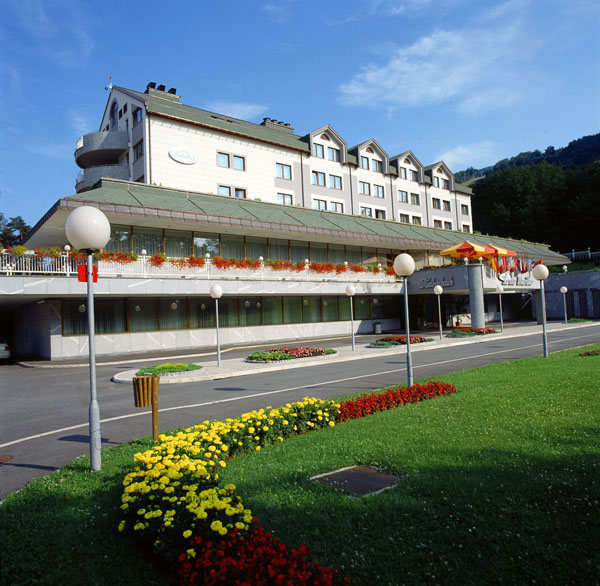Ciril Bohak & Matija Marolt
Abstract
In this paper we present an evaluation of Kinect Kiosk user experience. We have created an example of evaluation system where users can decide which parameter values of the user interface are suitable for them. Our example shows how we can collect user feedback in form of voting system to adapt the user interface for average user. Such setup also al- lows user profiles that can store the information of user inter- face preferences for an individual user. The presented evaluation of touchless interfaces is novel and shows how user interface designers as well as user experience designers can create better user interfaces by using presented evaluation.
[Link]


